There is no greatest source of happiness for a gardener than seeing their garden full of gorgeous flowers and healthy vegetables.
However, growing healthy plants in a garden is a challenging task. Even with the best care, insect bugs can enter your garden and create havoc for your flowers and vegetables.
Mealy bugs, aphids, scales, whiteflies, spider mites, and thrips are common pests in home gardens. To get rid of pests, you can handpick them, use flaunting rows covers, insect traps, neem oil, and insecticidal soap solutions. You can also prevent them by maintaining ideal conditions for plants.
Protecting the garden from nature is tough, but you can take steps to limit them. In this article, I have discussed various easy, natural, and cost-effective methods that you follow to prevent and treat garden pests. So, read this article carefully.
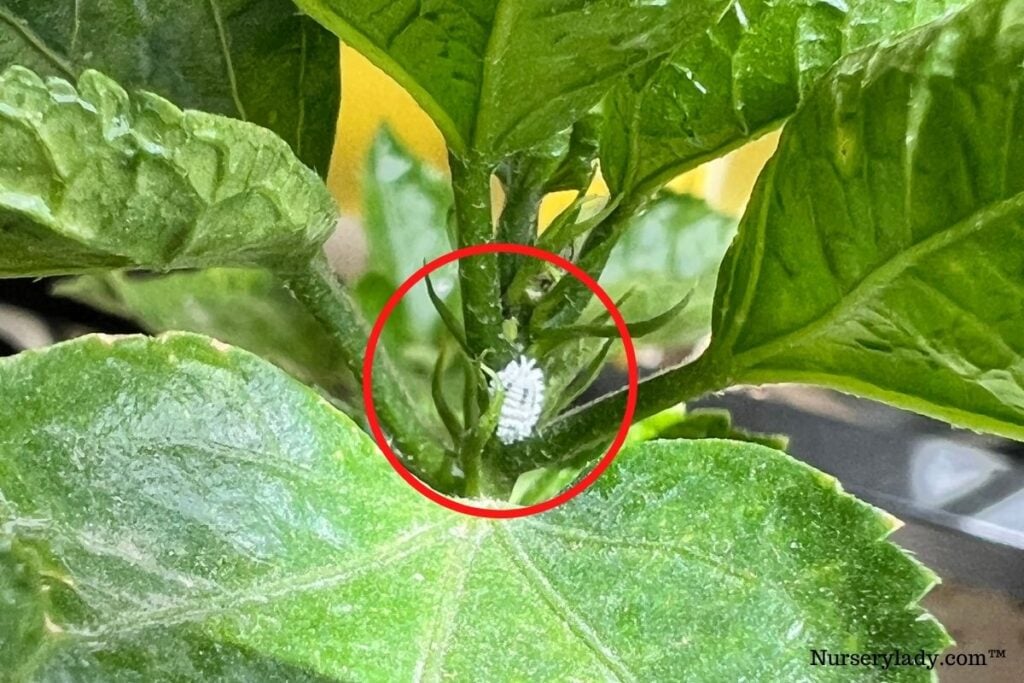
What are the most common insect pests in a garden?
Garden plants are always prone to insect pests, especially during monsoon season.
All insect pests are not harmful. Some are beneficial to plants in numerous ways.
The harmful pests can create a lot of damage to the plants, and hence their identification at a very early stage is essential to control them.
Following are the most common insects pests found in a garden:
- Mealy bugs: Mealy bugs are small fleshy insects covered with white, waxy secretions. They usually affect older plants.
- Scales: Scales are covered with a hard coating and infest the leaves’ lower surfaces.
- Thrips: Thrips are tiny sap-sucking insects that attack tender leaves and flower buds.
- Aphids: Aphids are green or brownish insects that suck sap from the leaves, flower buds, and tender shoots.
- Spider mites: Spider mites are dot-sized insects that are red and invisible to the naked eye. They suck the shoot of the plants.
- Whiteflies: Whiteflies are white minute insects that usually attack plants in dark and damp conditions.
- Leaf beetles: Leaf beetles eat the leaves, make holes in them, and are a serious problem to flowering plants.
- Caterpillars: Caterpillars are large insect pests that feed on the foliage of plants.
- Cutworms: Cutworms insects live inside the soil and attack the roots of plants.
What are the effective ways to prevent garden bugs from eating garden plants?
Preventing pests and diseases is much easier than getting rid of them after they have entered your garden.
You can prevent insect damage in your garden by discouraging them from coming in the first place.
A healthy garden is the best defense against any bug and disease.
However, some insects can be beneficial for certain plants, but most are destructive and can kill your plants.
Luckily, nature has gifted us with plenty of non-toxic ways that we can follow to discourage and manage pests.
The following are the most effective ways to prevent insect bugs from eating garden plants without toxic chemicals.
1. Use a clean, healthy garden soil
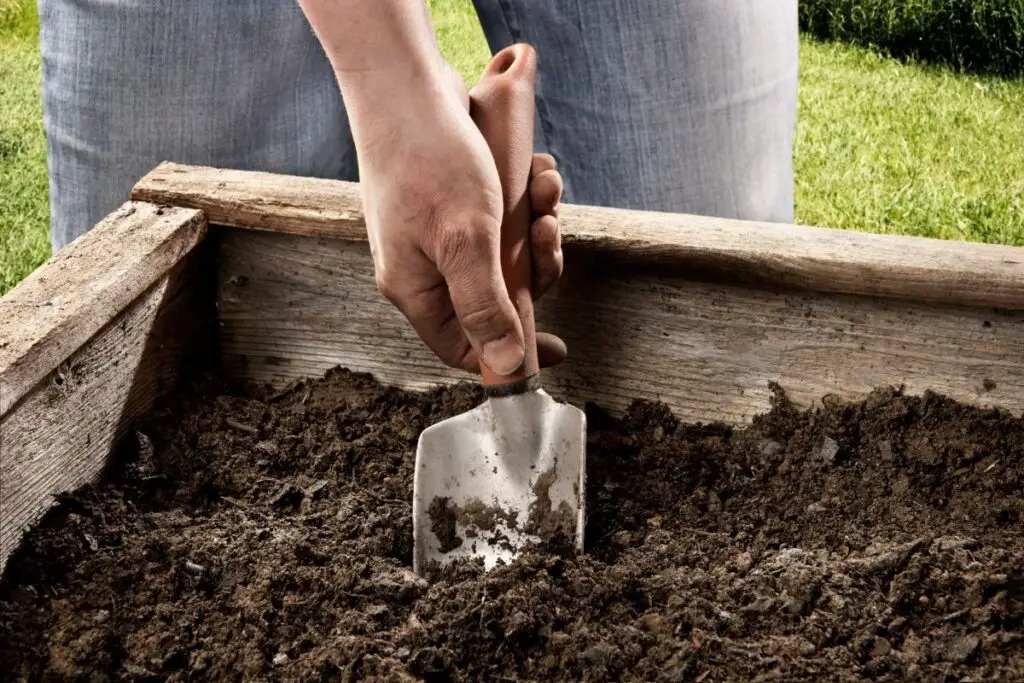
Clean, healthy, and fertile garden soil is an effective way to help plants withstand pest attacks.
You can build a healthy garden by following the tips given below:
- When the growing season begins, apply a layer of organic matter like compost or natural fertilizer to the soil. It will add natural elements and compounds to the soil, which is the best way to develop strong, vigorous plants.
- After the tilling process, cover your garden with black plastic for 6 to 8 months. The heat formation inside the garden soil will kill most insects, parasites, weeds, harmful microorganism, and their eggs.
- After that, remove the plastic and cultivate the soil. Now the soil has become perfect for planting.
2. Limited soil disturbance
A frequent disturbance in the soil has various drawbacks.
It will cause soil compaction and erosion, encourage running off, and harms beneficial soil microbes.
Hence, try to limit disturbance to prevent soil life.
3. Use disease-resistant seeds
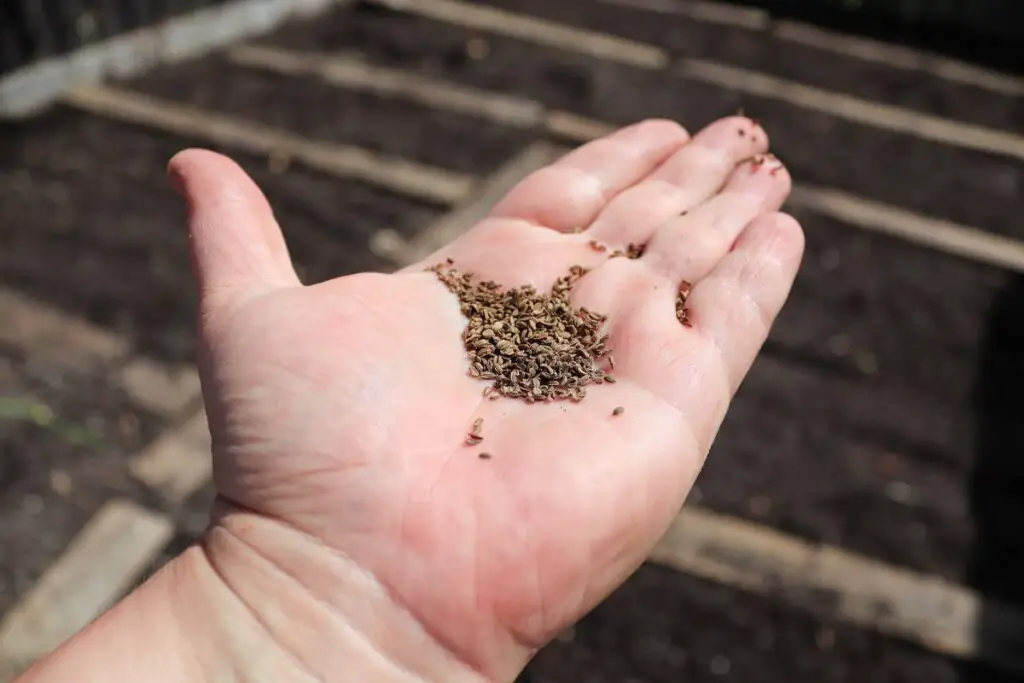
Whenever you buy seeds from any store, you must take care of a few things written on the packet.
Check for the letter V, F, N, or T in the catalog after the seed name.
These letters indicate any problem that the seeds are more resistant to.
V and F stand for fusarium and verticillium, which usually affects vegetables.
Letterlike N is used for nematodes, and T is used for tobacco mosaic virus, which mostly causes wilting and yellowing of plant roots.
4. Carefully thin out the plants
It would be best if you were extra careful while thinning the seedlings.
If there is a thinning mistake, your seedlings have a higher chance of getting diseases.
This disease will later get transmitted to other plants.
Also, prune off the dead leaves and branches as they can restrict the airflow.
Looking for gardening supplies? We have tested 100's of products before recommending them to you guys. Check out our best pick below:
| Image | Gardening Supplies | Best Price? |
|---|---|---|
 Top
Top Top
Top | Raised Garden Bed Kit | Check On Amazon |
 | XLUX Soil Moisture Meter, Plant Water Monitor, Soil Hygrometer Sensor for Gardening, Farming, Indoor and Outdoor Plants, No Batteries Required | No Results |
 Top
Top Top
Top | 82 Pcs Garden Tools Set and Extra Succulent Tools Set | Check On Amazon |
 | Joeys Garden Expandable Garden Hose with 8 Function Hose Nozzle, Lightweight Anti-Kink Flexible Garden Hoses, Extra Strength Fabric with Double Latex Core, (50 FT, Black) | No Results |
 Top
Top Top
Top | Dual Chamber Compost Tumbler | Check On Amazon |
 Top
Top Top
Top | Sunnyglade Plant Stakes | Check On Amazon |
 Top
Top Top
Top | Organic Cold Pressed Neem Seed Oil | Check On Amazon |
 Top
Top Top
Top | Mighty Mint Gallon :-Insect and Pest Control Peppermint Oil | Check On Amazon |
 Top
Top Top
Top | Scotts DiseaseEx Lawn Fungicide | Check On Amazon |
 Top
Top Top
Top | Jacks Classic 20-20-20 All Purpose Fertilizer | Check On Amazon |
 Top
Top Top
Top | 30,000 Seeds Pollinator Attracting Wildflower Mixture | Check On Amazon |
 Top
Top Top
Top | Survival Vegetable Seeds Garden Kit-Over 16,000 Seeds | Check On Amazon |
5. Prevent weeds growth
The weeds compete with your plant for valuable resources like light, water, and nutrients.
They also attract various pests, and they can become their breeding ground. If you notice weeds growing, pull them apart from the ground.
6. Always water the plants early in the morning
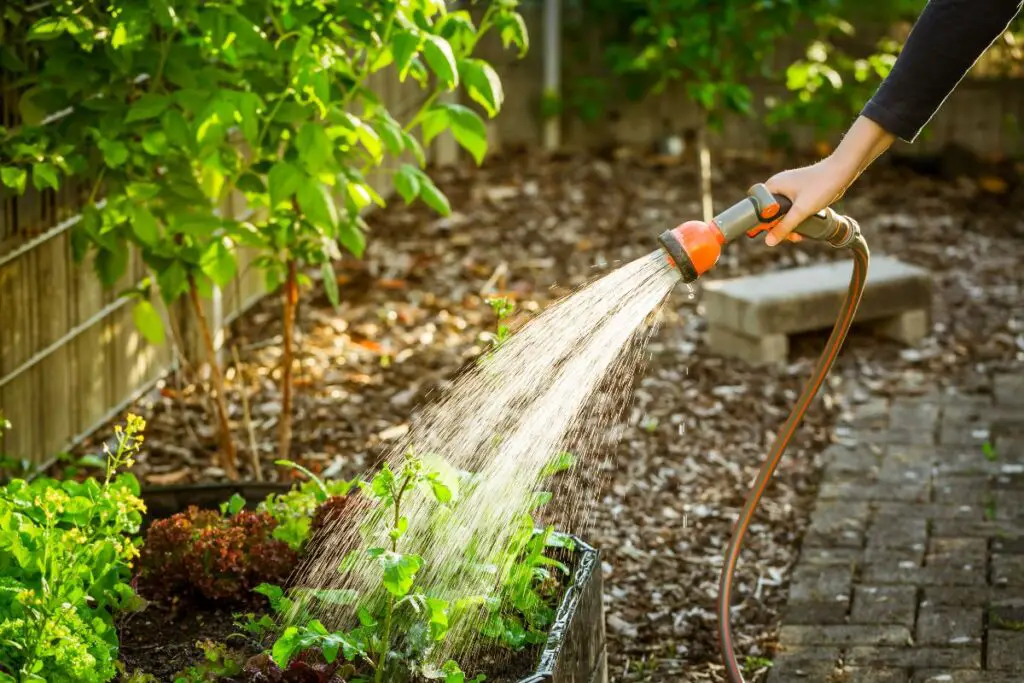
Make a habit of watering the plant early in the morning before the sun gets high in the sky.
All plants need water to help with the photosynthesis process, which takes place during the daytime.
But if you water your plant later at night, the leaves will remain damp, and this wet condition will encourage insect and fungal damage.
While watering, soak the roots rather than getting the leaves wet.
Pouring water on the leaves will lead to fungus gnats.
7. Keep the garden area clean
Maintaining cleanliness in gardens is important to keep pests and diseases away from the plants.
You can keep the garden clean by removing the faded blooms, leaves, and weeds from time to time.
Garbage is the main reason to attract various fungi, diseases, and garden bugs.
Whenever you visit the garden, carry a small bucket or dustbin to collect the garden debris.
8. Prune the infected and dead leaves
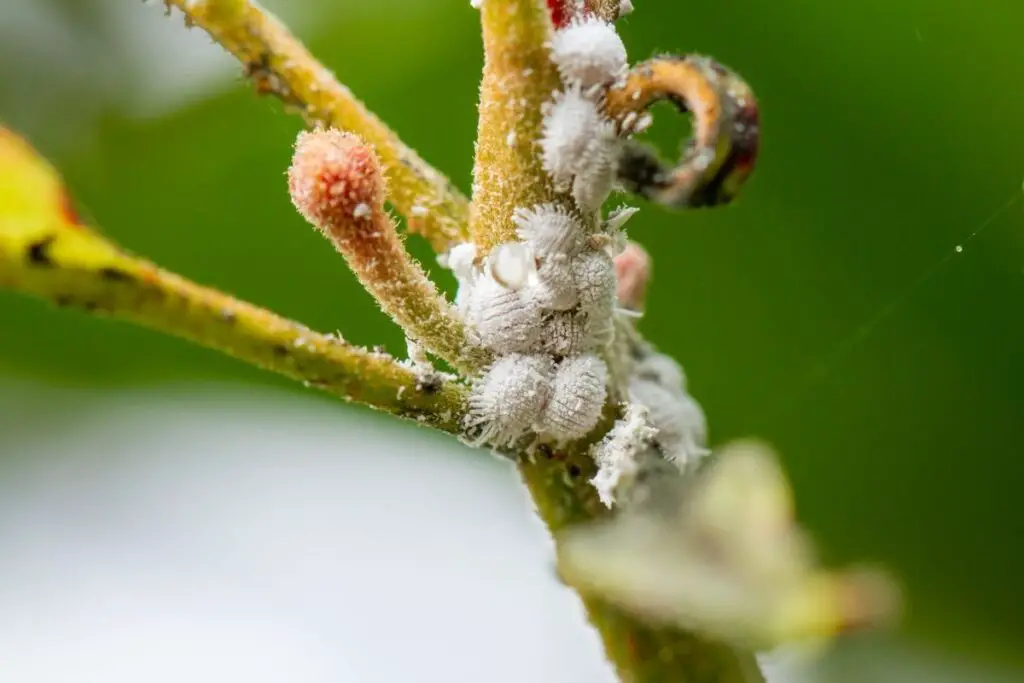
A pest-infested plant will have bleached, yellow, stippled, and bronzed leaves.
If you notice any signs, pluck the leaves to prevent further contamination by pests.
9. Put beneficial insects in your garden
There are various beneficial insects that you can add to your garden to keep pests and diseases away.
These beneficial insects will prey on harmful insects and larvae.
One such beneficial insect is the ladybug.
They are destructive against harmful predators like aphids, mites, ad their larvae and eggs.
Other beneficial insects are lacewings, mantises, and parasitic wasps.
You can buy these beneficial insects from horticulture supply companies.
The company’s agents will also help determine your garden’s required number of insects.
Avoid applying chemicals to your plant leaves for 10 days before you release these beneficial bugs.
10. Follow crop rotation
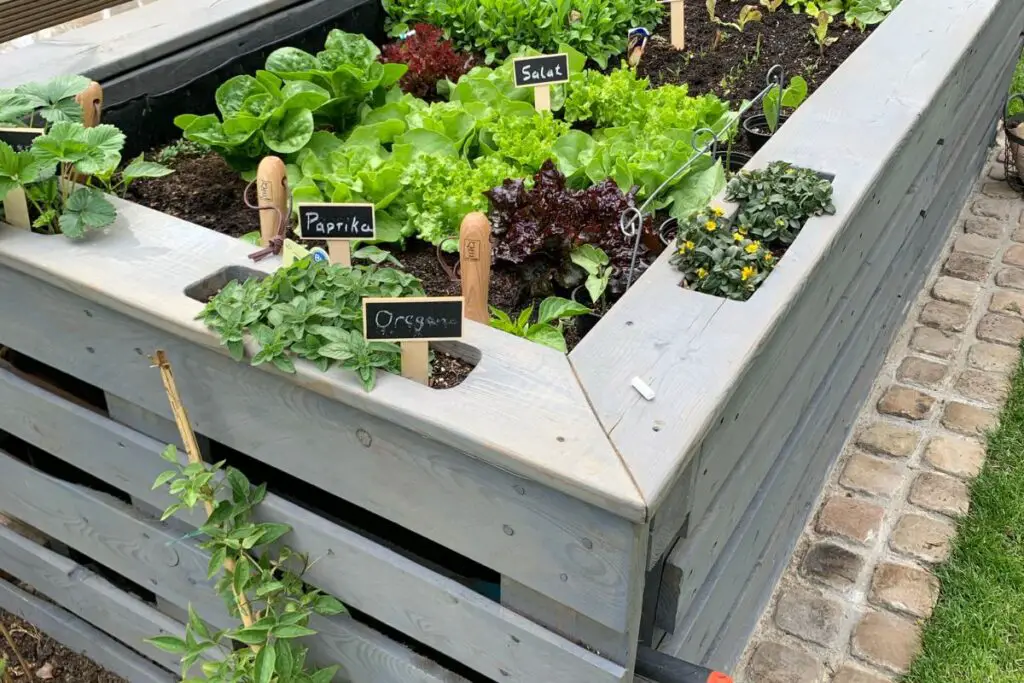
Insect pests are plant-specific, and if you grow the same crop in the same area each year, the specific bug will wait for the next spring season every year to attack the plant.
Therefore, it is important to rotate the crops every year to prevent infestation of crops.
You can try different grouping varieties of crops together.
For example, you can grow peas where you last planted cucumber or corn.
11. Use less amount of fertilizers
Over-fertilization can attract various pests to the garden.
Excessive fertilizers can also kill your plants, so it’s always better to go a little less than to go overboard.
A single application is enough for the growing season if you use a slow-release fertilizer.
But if you use a granular fertilizer, you can reapply it every 6 to 8 weeks.
Before using any fertilizer, always read the instruction on the package.
12. Harvest the plants as soon they ripe
Ripe fruits and vegetables can’t stand against pests.
The insects will start attacking the fruits and vegetables as they are ripe.
To prevent this, you can closely check the plants throughout their growing season and harvest the fruits as soon as they are ripe.
Also, if you leave the fruits for too long in the garden, they will start to rot.
13. Stake your plants
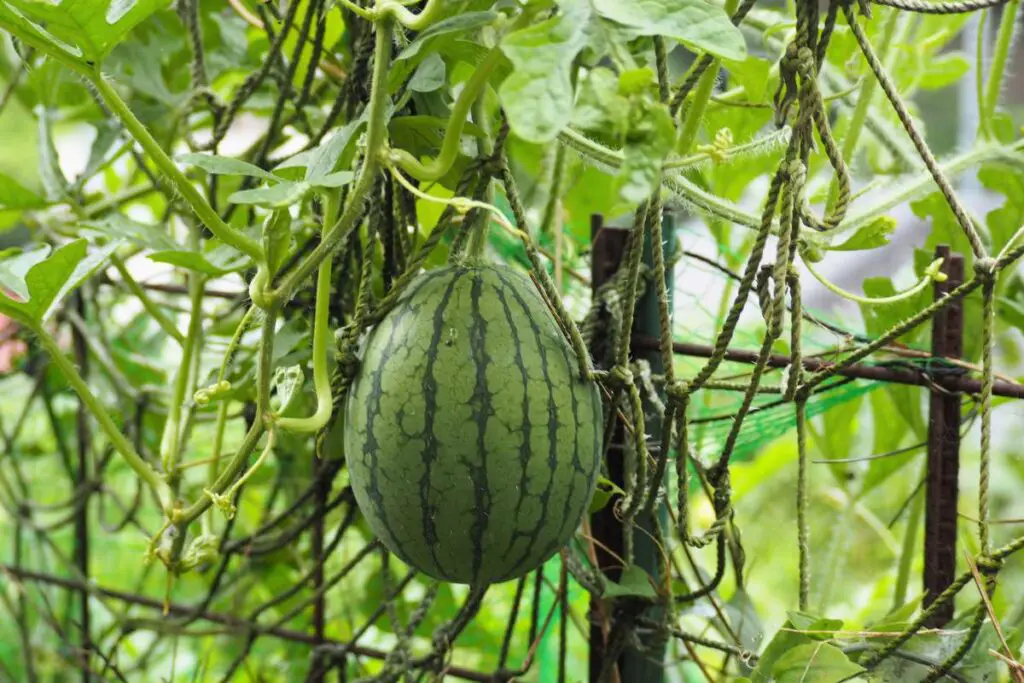
The leaves touching the grounds are more susceptible to pests and diseases.
If you are growing vining or droopy plants, use stakes to keep them upright and off the soil.
However, if you are growing tall plants such as tomatoes or cucumbers, you can use metal cages to keep the plants upright.
How to get rid of insect bugs from the garden?
Many gardeners tolerate pests because they think that using pest control methods can harm useful, beneficial predators and pollinators.
But if the pest damage is very high, you will need to start the following least invasive pest control methods.
The techniques I have mentioned in this article use simple tools, natural ingredients, and devices that create a protective wall between garden plants and insects.
1. Covering the plants with flaunting row covers
You can prevent the insects from eating plants by covering them with a flaunting row cover.
Floating row covers are transparent plastic or fabric covers that keep flea beetles and many pests away from the garden.
You can purchase flaunting row covers from a local garden supply store.
Put the cover over the rows of plants and if your plants start bending, use stakes to keep them upright.
You can also use these row covers to prevent birds and raccoons from eating your plants.
The covers are made of thin fabric with a tight weave, which is also long-lasting.
If you can’t row covers, you can use cloches or insect netting instead.
However, these barriers can prevent pollination, so don’t put these covers on flowering plants.
2. Handpicking the pests
Large bugs like caterpillars or snails are easier to spot in the garden, so you can easily pick them up.
After picking the bugs, you can relocate them to any other place or put them in a mixture of water and soap.
The picking method works best if you have a small garden with less number of pests in it.
However, this method is a little labor-intensive.
3. Make use of insect traps
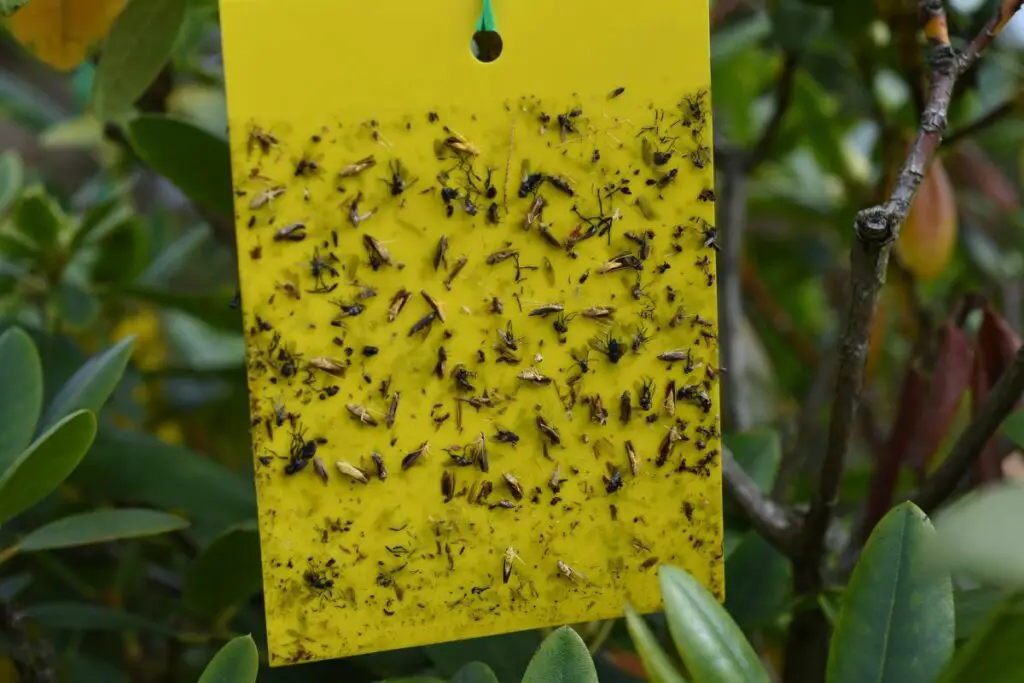
You can use yellow sticky insect traps to catch the garden bugs.
They are easily available in most garden stores.
You can place them in your garden and between the branches of the plant, and they will catch the nearby garden bugs.
Pests like snails and slugs will climb under it and will get trapped.
4. Use neem oil as a natural pesticide
Neem oil will act like a natural pesticide for your garden pests.
It is easily available in the local garden supply store.
Apply neem oil on the plants once each week to keep pests away.
Wear gloves ad eye protection before application, as neem oil can cause slight irritation to the skin and eyes.
5. Apply insecticidal soap solution on your plants
Spraying diluted soap on garden plants is an effective way to remove garden pests.
Use a castile soap as it is natural and doesn’t have detergents or additives.
Prepare an insecticidal soap solution by mixing 2 tablespoons of castile soap with 1 gal of water.
Fill the solution in a spray bottle and spray over the leaves every 2 to 3 days a week.
Try spraying the plants early in the morning so the soap will have enough time to work before it dries.
While spraying, check the underside of the leaves as sometimes pests hide there.
6. Use a vinegar spray
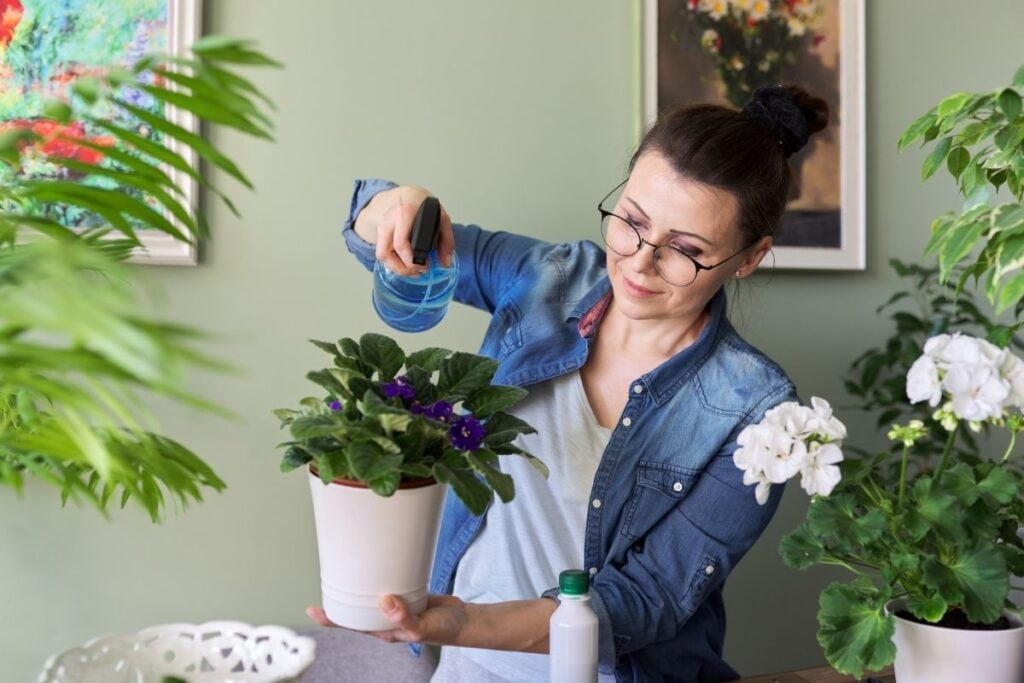
Vinegar is a weed killer and a natural bug repellent.
Prepare a vinegar spray by mixing one part of apple cider vinegar with 3 parts of water.
Add 1 teaspoon of dish soap in it.
Mix the contents and spray on the plants thoroughly.
Also, spray the vinegar solution around the perimeter of your garden to prevent bugs from entering.
7. Apply BT on your garden plants
BT is a bacterial spray that kills harmful pests to some extent, but it doesn’t do any damage to the plants.
You can apply BT spray if your garden plants are infested with caterpillars and other large insect pests.
Before applying, follow the instructions on the label and wear eye protection and gloves to maintain safety.
Maintaining precautions before the application is essential as the BT can cause skin irritation.
You can easily find BT spray in local gardens and on online platforms.
BT spray is most effective against pests like aphids, caterpillars, earworms, caterpillars, borers, and beetles.
Ref: Common insect pests and diseases, The Pennsylvania State University, Mississippi State University, Clemson University Cooperative Extension, University of Minnesota.
